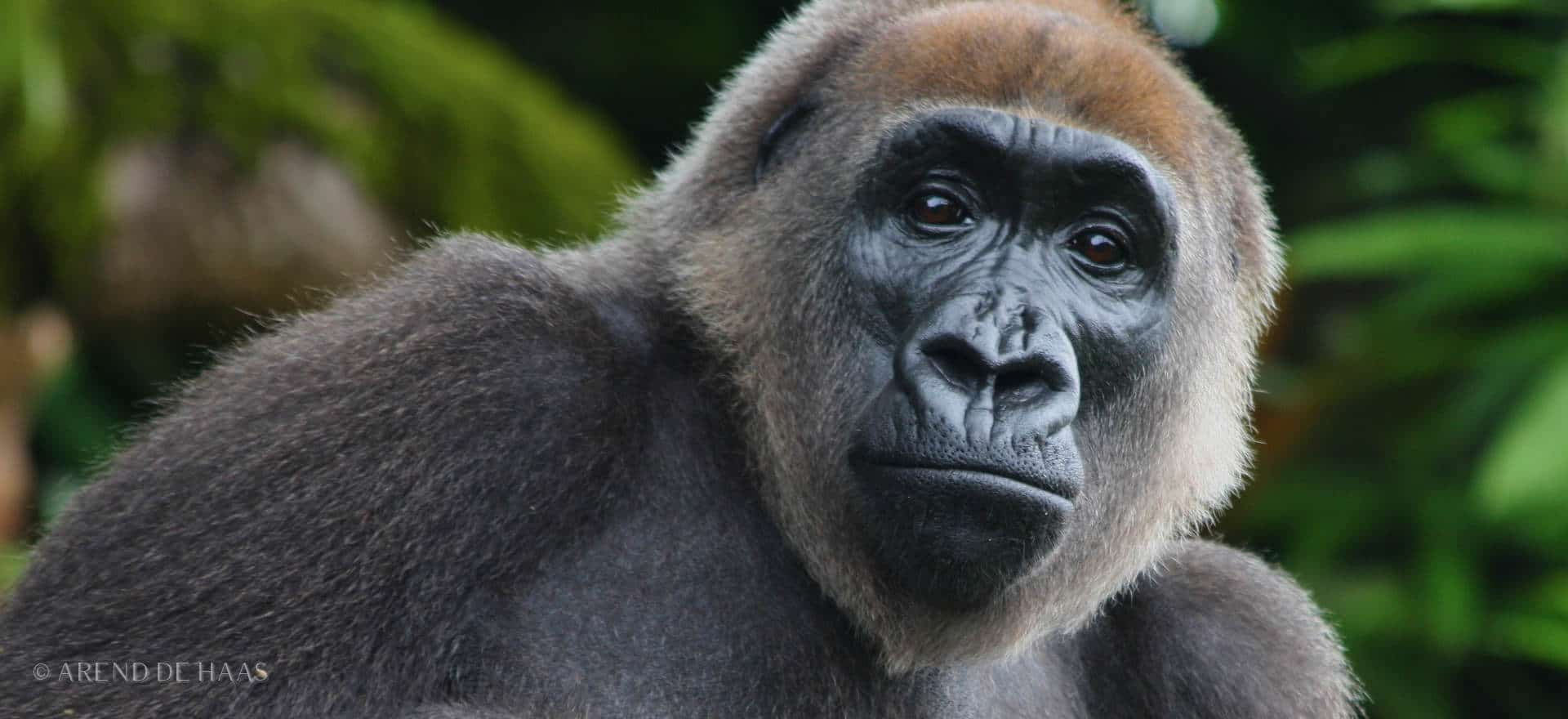HABITAT OF CROSS RIVER GORILLAS
Cross River gorillas inhabit the Cross River region and Lebialem highlands, which is separated from the vast western equatorial African forest by the Sanaga River, as well as by agricultural land.
The climate is more strongly seasonal in the Cross River region than that experienced by other gorillas, with a longer, more intense dry season and greater rainfall during the wet season. The terrain is mountainous, with many steep valleys and rugged slopes. Altitude varies from 200 to 2037m, with the gorillas mainly sticking to the inaccessible highlands, where they remain relatively undisturbed. They don’t seem to have any strong habitat preferences within their range, and have probably been pushed into this restricted distribution by hunting in the past. Reports of sightings imply that the gorillas tend to move to higher ground during the wet season, and come down into the valleys more during the dry season.
The lowland forest is moist, semi-deciduous rainforest. Above 700-800m this becomes sub-montane forest, which itself transforms into montane forest above about 1500m. The Cross River National Park, where some of the gorillas live, contains a rare continuum between all three types of forest. Large areas of primary forest still remain in this region, but some of the gorillas live within small, fairly isolated pockets. Most of the sites which the gorillas inhabit are connected by forest, though these corridors are often tenuous.
There are many human settlements in the area, and these are expanding as the population grows. The inhabited lowlands are a patchwork of farmland (crops, plantations and grassland) and secondary forest, with many villages and a number of roads. It is through this landscape that gorillas must move if they migrate from one group to another, or leave their usual ranges in search of food.

